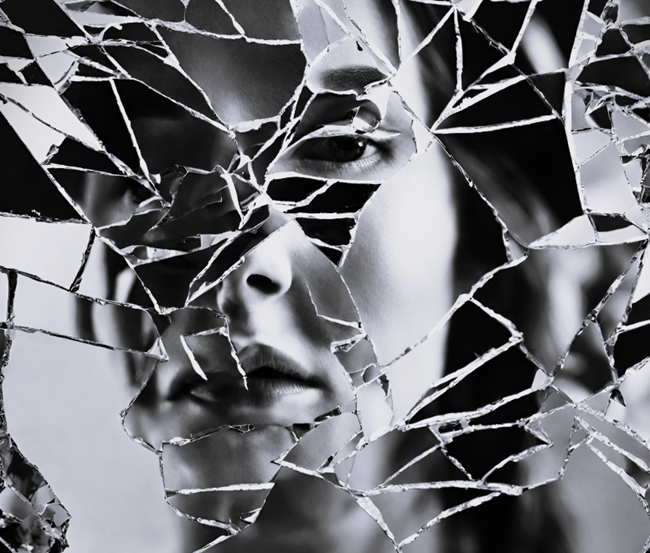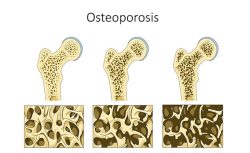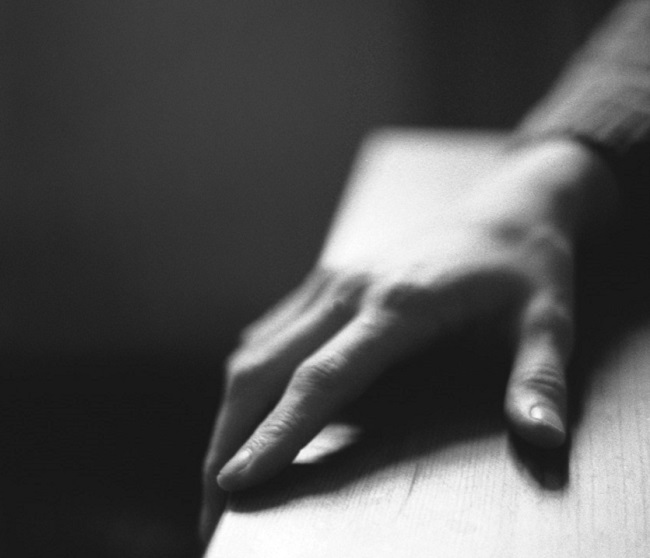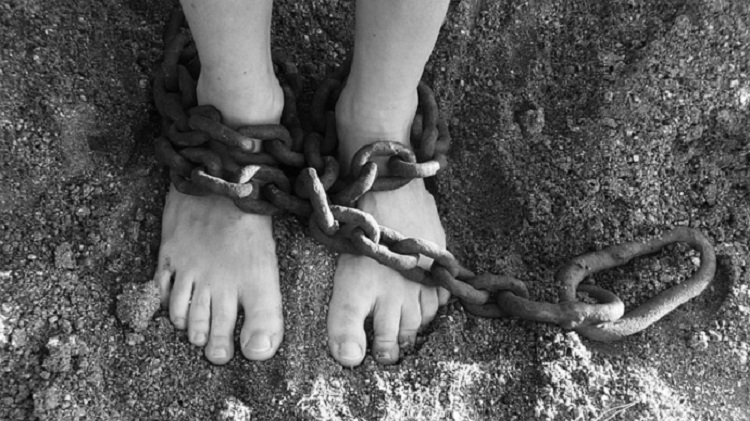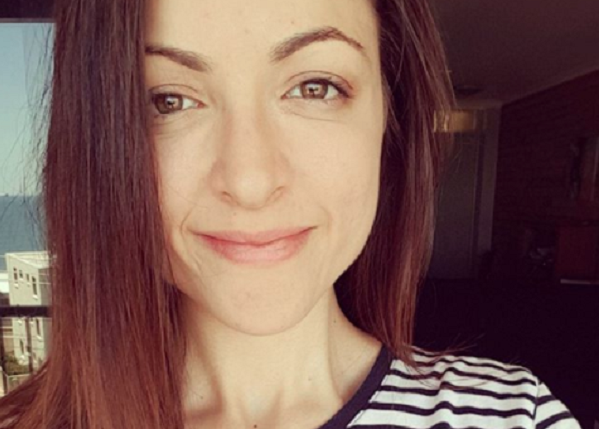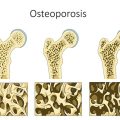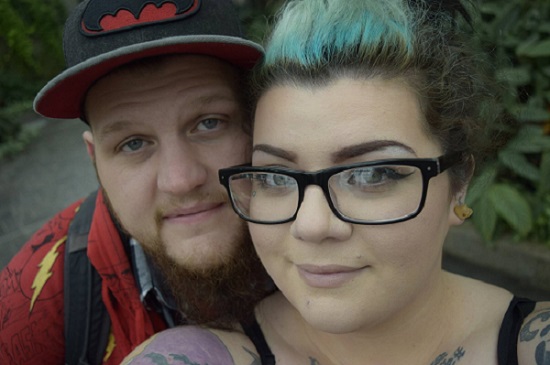While writing a letter about myself to an online website recently, I found myself shocked and very much amused by the telling way I accidentally introduced myself. “Hello,” I began my letter, “my name is endometriosis and I am 29 years old.”
“Endometriosis?!?” I giggled as I re-read what I mistakenly wrote, I had introduced myself as endometriosis?? Could there be a more obvious way of telling the world that endo defines me? I suppose not. But who really needs a Freudian slip to guess that one? Anyone with even a bit of insight could figure out the truth ten minutes after meeting me! And don’t you try to hide it – I’m sure it’s true for you too. Endometriosis consumes and defines the lives of all those who suffer from it.
But is that really true? Does endometriosis really have to infiltrate every part of our lives? Does it have to be the focal point of everything we do, or be the root of everything we feel about ourselves? My initial answer is an emphatic yes; there is no possible way to view our lives beyond the scope of endometriosis. But as I sit to muse about it longer, I begin to see another side.
You see, it’s not necessarily about seeing ourselves as something significant other than the endometriosis; it’s about viewing ourselves as significant despite the endometriosis.
I have been to many support groups for women with endometriosis. Each time I go I am amazed and inspired by the inner strength and beauty of these women. It is truly uplifting to sit and listen to what each of them has to say. To watch as one woman painfully and awkwardly attempts to sit down comfortably on a chair all the while saying something like, “But today is a great day, I only had to take two narcotic pills!!” Or to see another woman comfort a fellow endo-sister by genuinely telling her how strong and beautiful she is or how amazingly she handled a certain situation. I have firsthand experience of being comforted by another woman who was suffering with excruciating pain at the very moment that she held me in her arms to ease my pain. Time and time again I have seen the strength of women who could have legitimately decided to be selfish and angry but, instead, made the choice to be giving and kind.
So next time we look in the mirror and see a pathetic woman controlled by her endometriosis, let’s take a second look. We need to allow ourselves to see what we have become regardless of the fact that we have a terrible disease. Let’s look past the silhouette of a woman hunched over in agony and instead see the proud form of a strong, defiant woman whose illness will not define her; a woman who is powerful, kind, giving and beautiful whether or not she suffers. We are so much more than just a reflection of this disease.
About the author: RC is technically a special education teacher, specializing in working with children who have autism; or at least she was until endometriosis took over her life. Now she writes, blogs and tweets about endo while taking care of her miraculous two children that she has with her equally miraculous husband; not to brag or anything. RC is currently gathering stories from women with endo from around the world to put together into a book. You can share your story with her, or read her blog at Endo from the Heart.
Share Your Story
If you suffer from endometriosis, please share your story. Send us a note here for more details.
We Need Your Help
More people than ever are reading Hormones Matter, a testament to the need for independent voices in health and medicine. We are not funded and accept limited advertising. Unlike many health sites, we don’t force you to purchase a subscription. We believe health information should be open to all. If you read Hormones Matter, like it, please help support it. Contribute now.
Yes, I would like to support Hormones Matter.
Image created using Canva AI.
This post was originally published in November of 2013.
